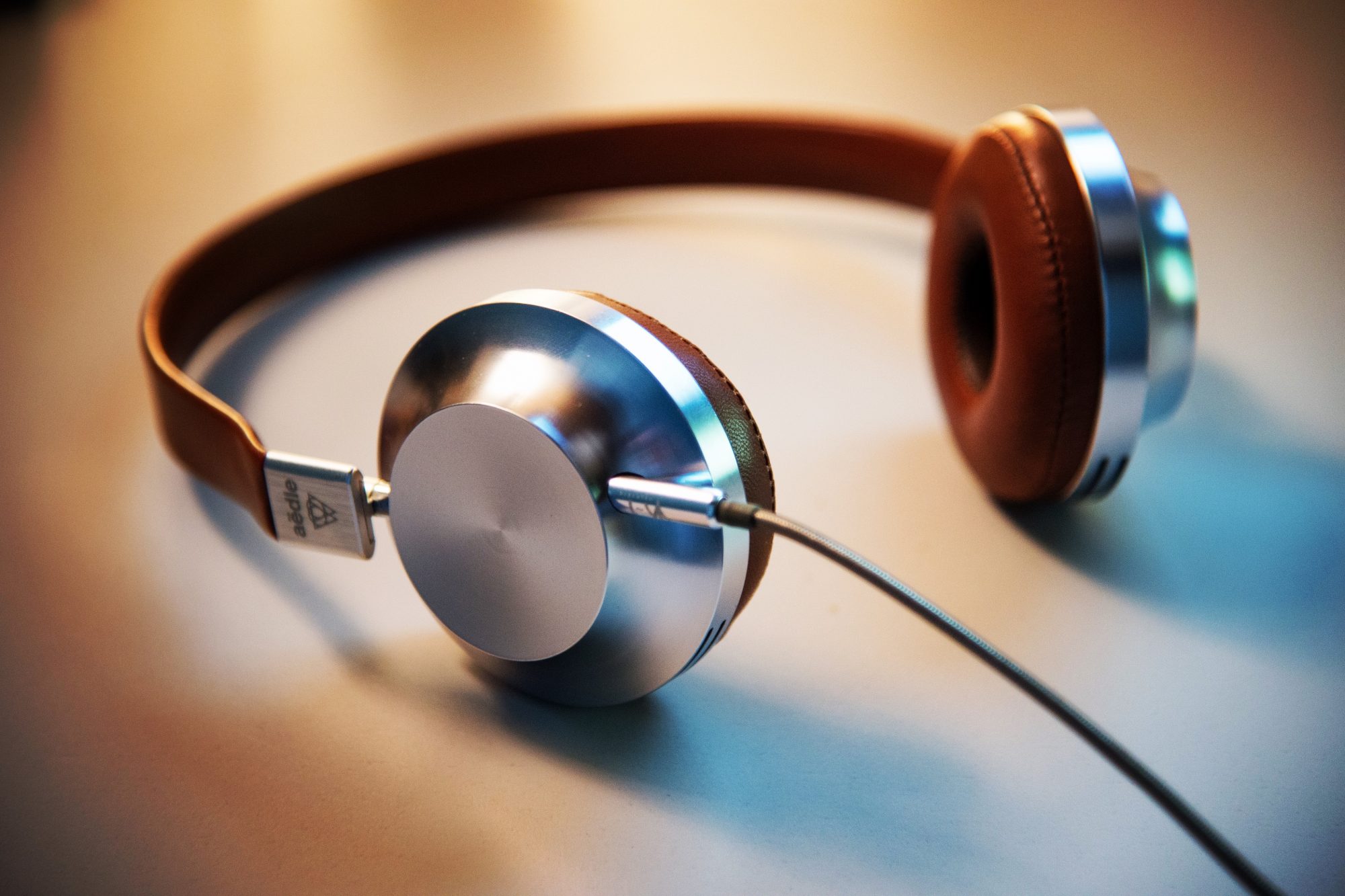It has been a notable week in the production project. I recorded 13 phrases for Taishogoto, and these recordings marked the end of the recording process for the album. I’m now moving into the final mixdown process. You may notice that I’ve only recorded 14 Taishogoto phrases as opposed to the normal 27 phrases (three phrases for each of the nine movements). I’ve really intended the Taishogoto phrases to balance out the movements. Not every movement includes piano, and not every movement features three xylophone or three timpani phrases. The Taishogoto phrases sort of balance things out a bit, and let a bit of variety in terms of instrumentation. I recorded two phrases each for 737 & DC-9, and three phrases each for DC-8, 707, and 747.
I feel like I should give a bit more of a note about playing the Taishogoto. In case it wasn’t clear from last week’s entry, the Taishogoto is a monophonic instrument (you can only play one note at a time. The typewriter style keys on the instrument press down the strings to produce a higher pitch. One outcome of this is that the lower notes of the instrument are physically spread out quite a bit, while the high pitches can be pretty close together. That means the large leaps in the low range are trickier, and sometimes impossible to perform smoothly. The other thing that is happens due to the way the instrument works is that if you press two keys at the same time, the higher note will override the lower note. Thus, as you practice the instrument you learn that if you want smooth motion between notes, it works well to preset your left hand pinky on the lowest note in a figure, to use the other fingers of the left hand to play the higher pitches in the figure.
I was able to get a head start on mixdown process, creating what I expect to be a final mixdown of TriStar. I had naively thought that I’d be able to do the mixdown in an hour or so. I’m guessing the my mixdown process was more like three or four hours. I’ve been doing rough mixes all along, so I guess it could have been a much longer processes. I find creating final mixdowns a somewhat frustrating experience. There’s a lot of comparisons with very subtle differences. It’s kind of like when you go to the optometrist, and there’s a lot of “which is better, A or B? B or C? B or D?”
For each of the three sections (beginning, middle, and end), I first made sure that the panning was what I wanted it to be. Then I’d listen to that section over and over, and made notes about what I thought was too loud, and what was too quiet. I’d then bring down the volume on the material that was too loud, and kept repeating that process until I didn’t feel there was anything that was too loud. This often left me with quite a bit more headroom than I had before. I then went through each phrase, and turned up material that I felt was still too quiet, and made sure that the most important material was really out in front and prominent. Then I’d listen to the whole section again. Once I did this with all three sections, then I’d listen to the movement as a whole. I imagine the final mixdown process may take a couple of weeks.
Since I shared the audio for DC-9, I figured I’d share the score for the string quartet part for the movement. This movement features some exotic scales. While movement is nominally in G, the B section uses the scale G, Ab (G#), Bb (A#), B, D, and F#. This scale has few possibilities in terms of traditional major and minor triads, including only G minor, G major, and B minor. The scale for the A section is even more limiting, featuring G, G#, A, B, and F#. In all honesty, using this scale feels more like it is in B, (B, F#, G, G#, and A), as you get a fifth between B and F#. From this scale you get no triads at all, but you do get a G major seventh chord missing the fifth, and a B minor seventh chord that misses the third. I feel that this yields some really cool harmonies when you start to use four notes at a time.

